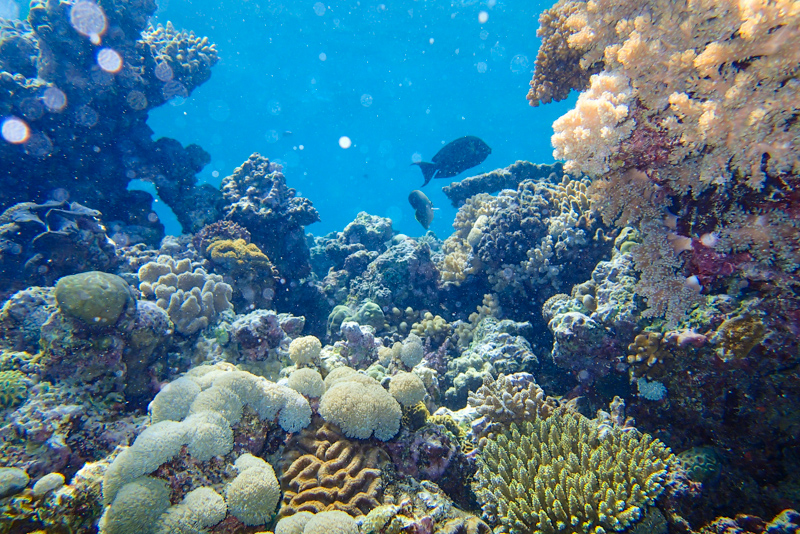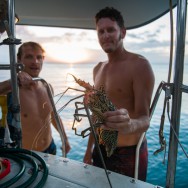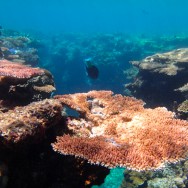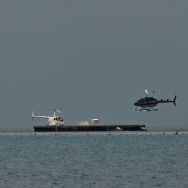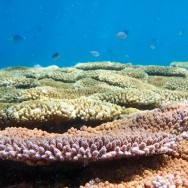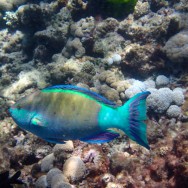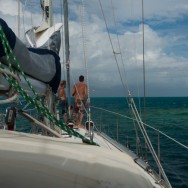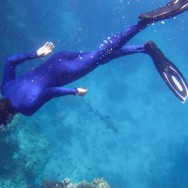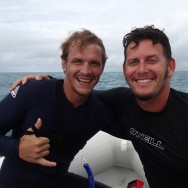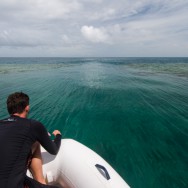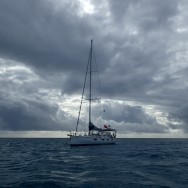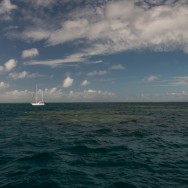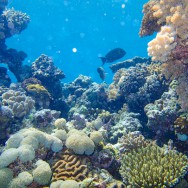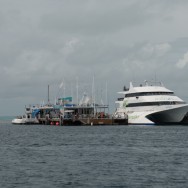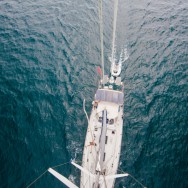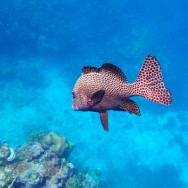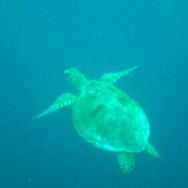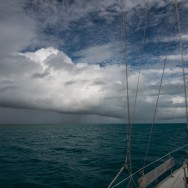The Great Barrier Reef is one of those places that everybody knows about but, surprisingly, hardly anybody’s been to, mainly because its remote position nearly 100 miles off the east coast of Australia makes it an awkward place to access. The entire reef sits below the surface of the water, meaning there’s no dry land, no beaches, no trees, and of course no buildings…. anywhere, so the attraction is fairly limited unless you’re into diving, snorkeling, or remote adventuring. Even most sailors prefer to stay away from the place because of the navigational challenges. With hardly any visible navigational aids, even a momentary lapse of concentration could easily lead to the dreaded noise of thick fiberglass shattering across a coral reef… the shipwrecks here are too numerous to count. Add to this the unpredictable weather, the extreme tidal fluctuations making depths difficult to determine, the intense tidal currents flowing throughout every channel, nook, and cranny, sometimes reaching 10 knots or more, and it starts to make sense why the place feels almost completely deserted.
For the few that do make it to the reef, the rewards include some of the best reef diving and snorkeling in the world. The best diving is to be found around the three-reef cluster of Bait, Hardy, and Hook Reefs, so the tour companies here have setup a floating complex that looks like something from the movie Waterworld – floating restaurant and hotel, barges for helicopter landing pads, even a water landing strip for seaplanes in the protection of the Hardy Reef lagoon. If global warming ever sinks the world beneath the ocean’s surface, perhaps this is what the future holds for us.
But everything that’s truly interesting on the Great Barrier Reef happens beneath the surface. Here’s where we were grateful for our experiences with Tarzan last year…. thanks to him we’ve become comfortable exploring these reefs and are free diving much deeper than we were back when we were mere “snorkelers” in the Caribbean islands. It’s not just the diversity of the moving sea life that are the big attraction (everything from tropical fish and sharks to rays and turtles), but also the extraordinary coral formations that often appear to be born from design. The “Stepping Stones”, for example, are a series of 18 coral pillars reaching up from the depth of the ocean floor to within inches of the water’s surface – a theist and an atheist would settle no debates out here.
Before we headed out to the Reef, we picked up our Californian friend, Shane, who’s curiosity about the Earth’s most remote and unusual places rivals our own. With the weather being hit and miss during this time of the year, we were lucky to get a few days of relative calm to explore like we’ve just done. But with an incoming storm now threatening to send swells across the surface of the shallow reefs (20 knots of wind is about the limit for comfort and safety out here), our time out here has reached its natural limit.
We’ve made huge progress in preparing for our clean water filter delivery mission to Indonesia in May, and we’re thoroughly grateful for the overwhelming kindness and generosity of our friends, family, and blog followers, who collectively have already funded 33 of our 50 filter goal – Thank you!! We’ll be placing the order for your filters in the next week or so and will be delivering them in late May or early June as we sail through the Indonesian islands. And the good news and for anyone still considering participating is that we still have room for 17 more filters… for more info on our mission, please click here.
So with the wind now starting to lift, the rig beginning to howl, and the chop becoming irritating, we’re pulling the anchor and trading our new Waterworld for something a lot more tangible: the Australian mainland.
